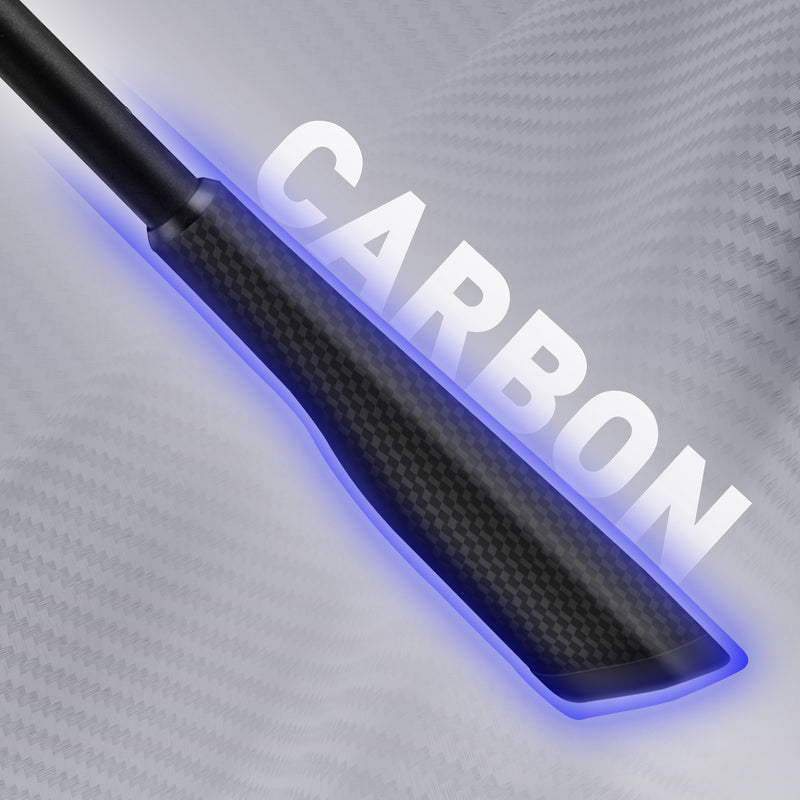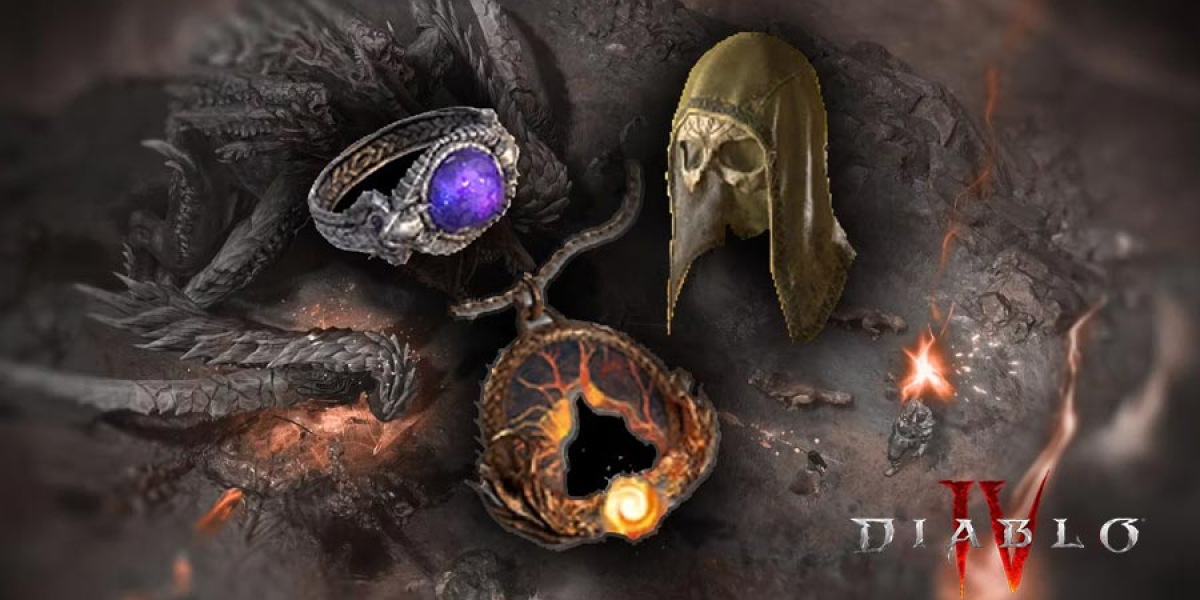Unleash Your Inner Angler: The Ultimate Guide to Choosing the Perfect Trout Fishing Rod!
Trout fishing is more than just a pastime; it's a thrilling escape into nature, where the serene waters and the thrill of the catch intertwine. Selecting the right rod is crucial to enhancing this experience, impacting everything from casting distance to the sensitivity of the bite. With various types of rods available, from spinning to fly rods, each designed to meet specific fishing scenarios, finding the best rod for trout fishing can significantly alter your success rate. Whether you're a seasoned angler or a beginner eager to learn, understanding the nuances of trout fishing rods can elevate your adventures on the water.

Understanding Trout Fishing Rods
When it comes to trout fishing, the type of rod you choose can make a world of difference. The three primary types of rods are spinning rods, baitcasting rods, and fly rods. Spinning rods are versatile and user-friendly, making them ideal for beginners. They allow for easy casting and are perfect for various fishing techniques, especially when using lighter lures. Baitcasting rods, on the other hand, offer greater precision and control, making them suitable for experienced anglers who prefer targeting specific areas. Finally, fly rods are designed for a unique style of fishing that involves casting lightweight flies onto the water's surface. Each type of rod has its unique characteristics and advantages, and understanding these can help you choose the best rod for your specific fishing scenario.
Key Features to Consider When Choosing a Trout Rod
Choosing the right trout fishing rod involves considering several key features: length, power, action, and material. The length of the rod can influence your casting distance and accuracy, while the power dictates how much force is needed to bend the rod. Action, which refers to how the rod flexes, can affect sensitivity and control during the fight with the fish. Finally, the material used in the rod's construction can impact its weight and durability. Understanding how these features affect performance will help you select a rod that enhances your overall fishing experience.
Length of the Rod
The length of your fishing rod is a critical factor in determining your casting distance and accuracy. Longer rods typically allow for greater casting distance, which can be advantageous in larger bodies of water. Conversely, shorter rods provide more control and accuracy, making them ideal for tight spots and smaller streams. When choosing a rod length, consider the fishing conditions you'll encounter and your personal casting style. For instance, if you're fishing in a densely vegetated area, a shorter rod may be more effective.
Power and Action
Rod power refers to the rod's ability to bend under load, while action describes how much of the rod bends when pressure is applied. For trout fishing, a medium-light to medium power rod is often recommended, as it provides a good balance of sensitivity and strength. As for action, fast action rods are ideal for quick hook sets and enhanced sensitivity, while slow action rods offer a more forgiving feel, which can be beneficial when using lighter lines. Selecting the right combination of power and action will depend on your fishing style and the types of lures or baits you plan to use.
Where to Buy Trout Fishing Rods
When it comes to purchasing your trout fishing rod, you have several options at your disposal. Local tackle shops often provide a hands-on experience, allowing you to feel the rods and ask knowledgeable staff for advice. However, online retailers offer a broader selection and often more competitive pricing. Be sure to check customer reviews and ratings to gauge the quality and performance of the rods you're considering. Additionally, many fishing forums and communities provide recommendations and insights that can guide your purchasing decision.
Comparing Prices and Budgeting for Your Rod
Setting a budget for your trout fishing rod is essential, especially if you're looking to balance cost with quality. While it's tempting to go for the cheapest option, investing in a good rod can significantly enhance your fishing experience. Look for affordable options that don't compromise quality by comparing features and reviews across various products. Many anglers suggest that spending a bit more upfront can save you from needing to replace a poor-quality rod down the line. Assess your fishing frequency and style to determine a budget that aligns with your needs, ensuring you get the best value for your investment.
Selecting the Right Trout Fishing Rod for Success
In conclusion, selecting the right rod for trout fishing is a critical step towards an enjoyable and successful fishing experience. By understanding the different types of rods and their key features, you can make an informed decision that suits your personal fishing style and environment. Remember to consider where to purchase your rod and how to budget effectively to ensure you get the best performance for your investment. Take the time to do thorough research, and soon you'll be well on your way to reeling in those prized trout!








